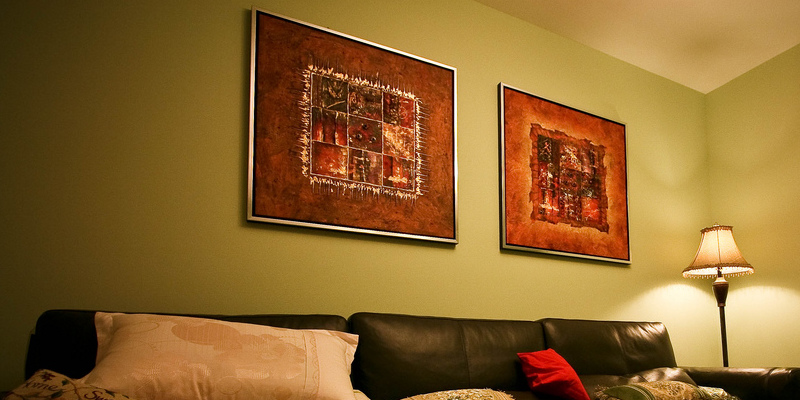
Before the 1950s, most partitions were constructed utilizing a mixture of vertical , that were studs horizontal called that were wood laths seams. plaster and They they do not perform on plaster and lath because regular stud finders discover an alteration in density in the wall — the density inside these partitions isn’t continuous enough. Your stud-finder is not performing its work as well as for those who have moved into an older house, invest in a steel scanner as an alternative. Instead of sensing the nails that fasten the laths are located by it.
Locate a power outlet. Electrical shops are connected to studs, so an excellent spot to begin scanning is marked by them.
Calibrate the steel scanner in accordance with the directions of the manufacturer’s. Move it from left to right over the outlet on the other side of the area. Mark the the location on the wall.
Continue shifting the scanner several inches farther to the right reverse your path and shift it from right to left over the strip of wall. Mark the spot the lights up in the course that is new. It ought to be near to but not on the very top of your prior mark. Split the distinction between both marks to locate the middle of the stud, the middle of the nail and consequently, most probably.
The sensitivity on the scanner somewhat. Beginning in the nail, transfer the scanner directly the wall. If steel is registered by it at intervals, it’s finding a sequence of nails and a stud has been located by you. If steel is registered by it continually, you’ve got discovered a pipe in the wall; in that circumstance, sweep the scanner over a broader expanse of wall to discover still another spot where it registers steel. Repeat the method there.
Measure 16-inches horizontally you find to to discover the stud that is neighboring structures are are made from a stud every 16-inches. Scan that region to discover the precise place of the next as well as nails stud.